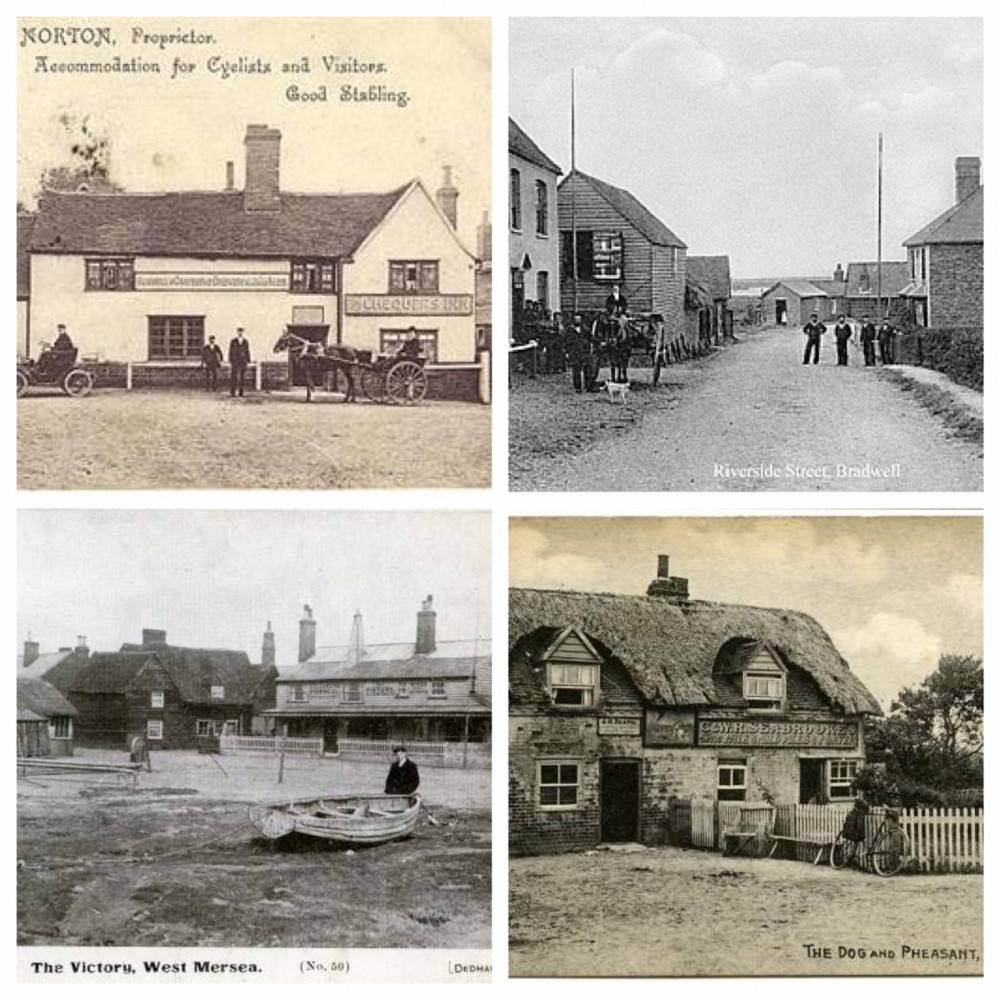Historic Maldon District – The smugglers of Essex
By The Editor
24th Apr 2022 | Local News

We associate smuggling with the romantic West Country of 'Poldark' or 'Jamaica Inn', but Essex has its own colourful history of the illicit coastal trade.
At its height from 1650 to 1830, smuggling has adapted to whatever the market demanded, and in response to unpopular government restrictions.
In the early days taxes (and later a ban) on the export of wool gave opportunities for wool-smugglers, known as 'owlers'. Restrictions on the practice of Catholicism led to enterprising men transporting priests and Catholic texts (all for a fat fee of course).
Expensive foreign wars in the 18th Century led to high taxes, especially on tea, which became a popular commodity for smuggling.
Collection of duties was done through local customs houses at ports. Essex had three customs headquarters: the Port of Colchester, the Port of Maldon and the Port of London. They were bureaucratic and clumsy and subject to corruption; the smugglers, who often enjoyed strong local support, seemed always to be one step ahead.
Essex's coast didn't help the customs men: with many tidal inlets, marshy approaches and mist to hide movements. An additional advantage of the creeks was that if a revenue cutter approached, the smugglers could simply dump their goods overboard in the saltmarsh and retrieve it at their leisure later.
Maldon's Old Custom House is at 34 Market Hill, and dates from the 16th Century with Georgian additions. It was used by the Revenue Service from 1817 before eventually returning to private use.
Smuggling was big business in spite of the death penalty being introduced in 1746. A labourer could earn seven times as much in a trip as a smuggler than in his typical working day. Ships could be large and well armed. One such vessel sailed up to Hullbridge in 1779, and sent its cargo on to Danbury and Chelmsford. Maldon customs officers shot one man in a skirmish but found the group too strong for them to detain the rest.
There are many local sites associated with smuggling. The Green Man at Bradwell was a favourite gathering place, and nearby St Peter on the Wall was used for storage and signalling.
The Ferryboat Inn at North Fambridge was another popular place, as was The Chequers at Goldhanger. Both were close to landing places.
Further inland, Tiptree Heath was used as a gathering place, and The Rose at Peldon and the Spread Eagle at Witham hid smuggled goods. Apparently, the latter has a small window in the bar where you can see the secret shaft leading to the cellar.
It's worth reflecting over the next pint and scampi and chips that many a local pub has a secret history.
New burnhamanddengie Jobs Section Launched!!
Vacancies updated hourly!!
Click here: burnhamanddengie jobs
Share:



